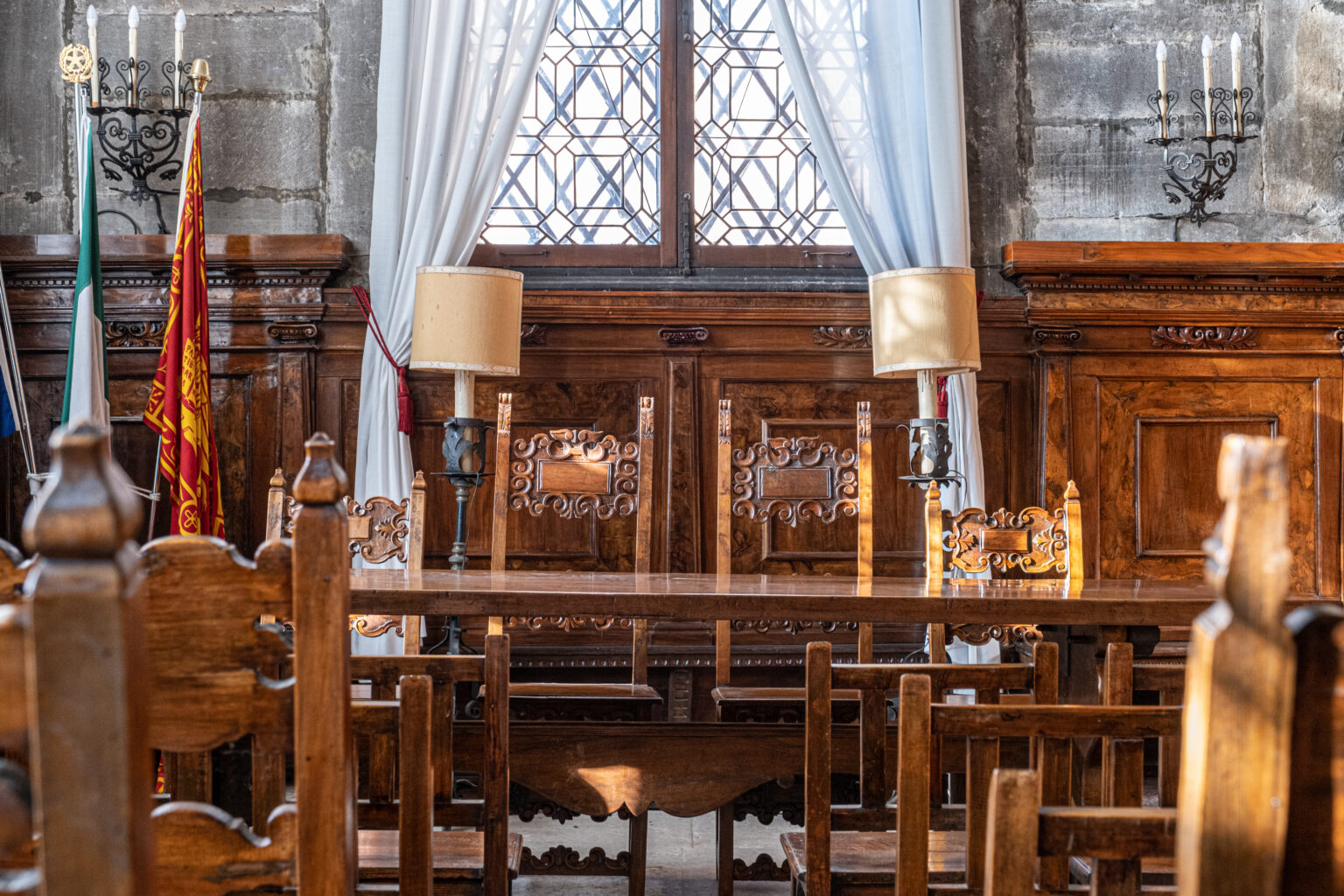There was more than one room equipped for trials, the one we visited in this tour is the only one to remain intact. Here is where the jury, the public prosecutor, the defense lawyer, and the scribe, in charge of writing and recording the proceedings, used to gather for the trial’s discussion. The only one who did not have the right to follow his own trial was the defendant who had to wait outside until the final verdict was reached.
In this prison, however, it was immediately decided to make available an office’s lawyer for those who could not afford it, and like today, the lawyer had to follow the client until the end of the sentence in the event that, found guilty, was imprisoned.
The judicial history of the building is almost completely preserved and therefore the documents of almost all the trials are available allowing us to have an idea not only of the conduct of the trials but also of the type of sentences and punishments decided at the conclusion. Some were quite similar to those of today such as the payment of fines, house arrest, and prison, others instead typical of the time such as mutilation, torture, and the death penalty, which in Venice was carried out with different criteria, i.e. hanging, beheading, public fires, quartering with horses, suffocation in the sea and strangulation in secret.
Some were carried out in public, between the two columns of the Piazzetta San Marco near the shore such as hanging, beheading, public burning, and quartering; the hanged were exposed for a few days between the two pink columns that can be seen on the first floor of the Doge’s Palace on the side near the Basilica of San Marco.






